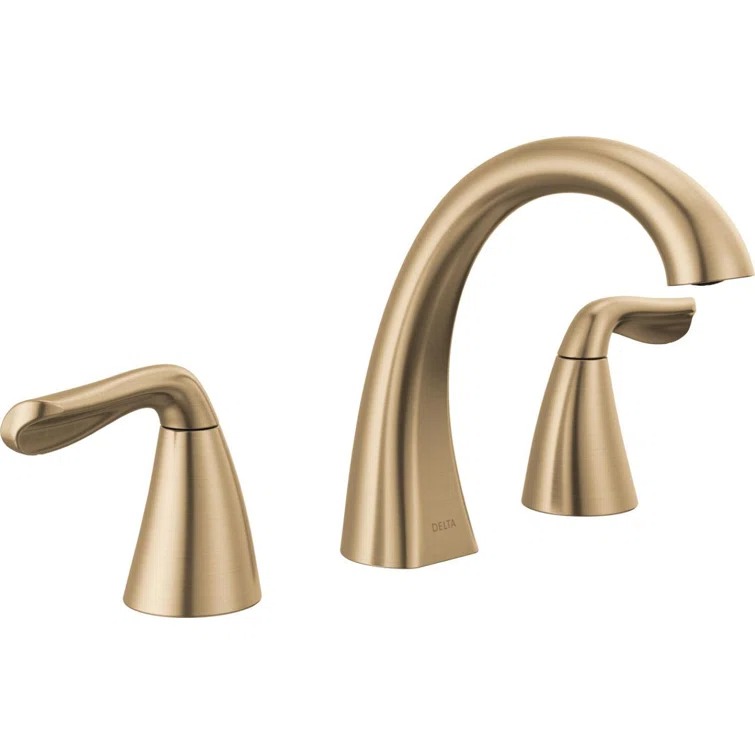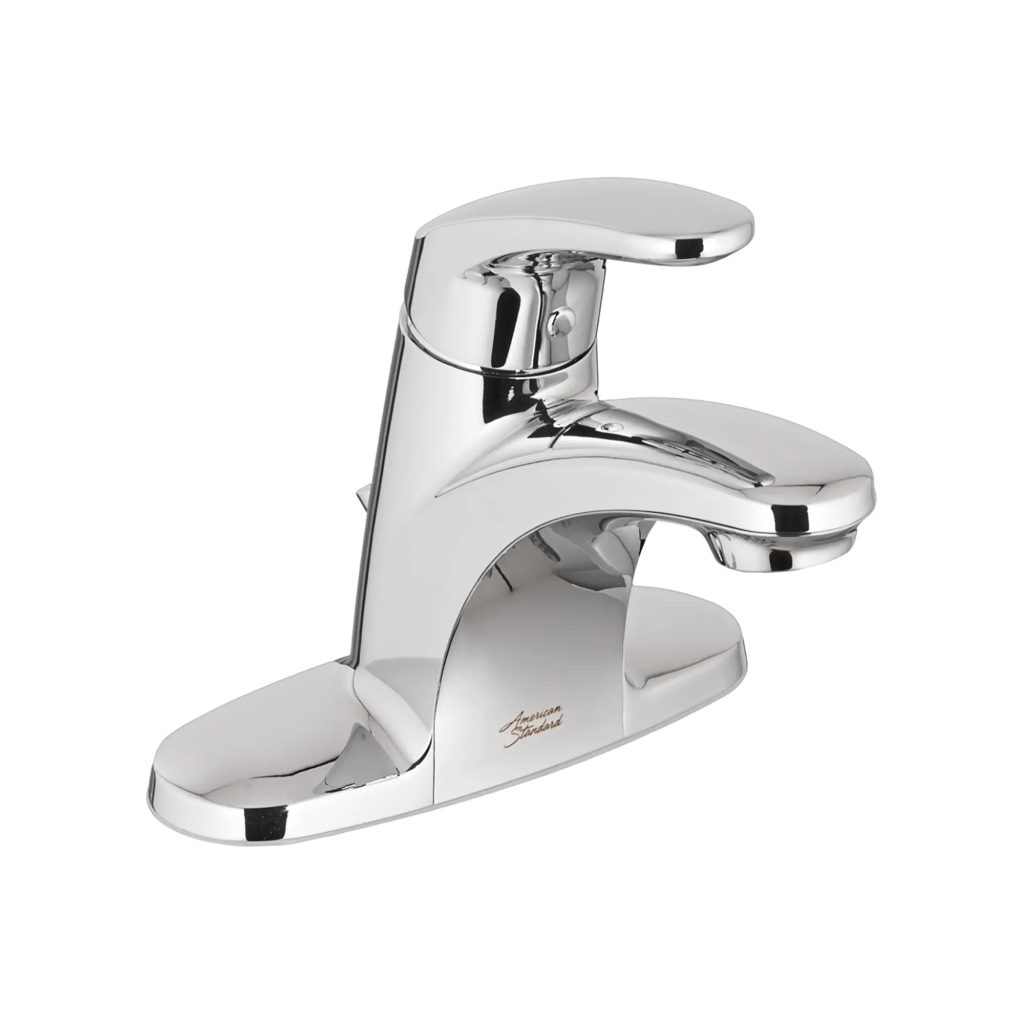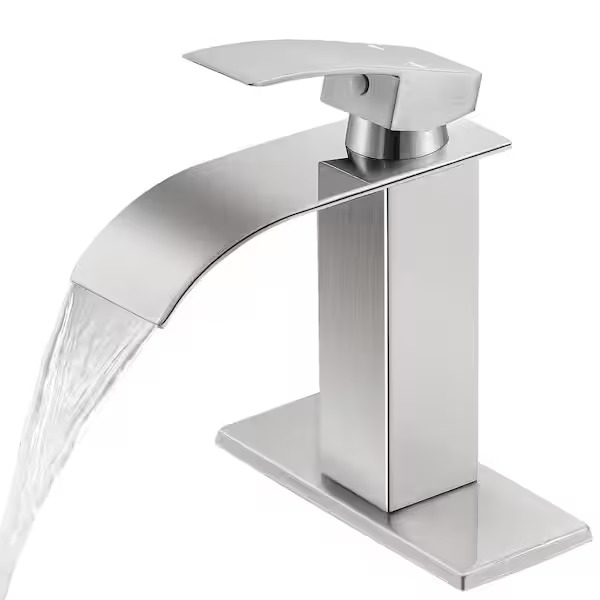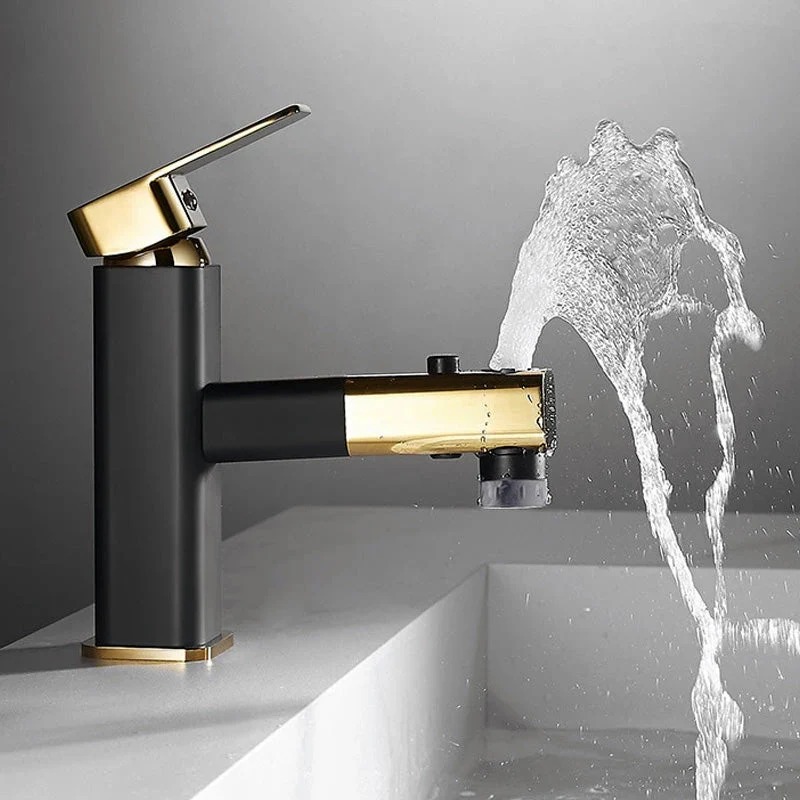The Importance of Dripping Faucets During Freezing Weather
Should you drip faucets in houston? When winter strikes Houston, the chill sets in. Pipes can freeze. Freezing weather poses a real threat to plumbing. This is where dripping faucets come in.

Why drip faucets?
Dripping faucets keep water moving. When water moves, it’s less likely to freeze. Consider this a basic guard against pipe bursts. A burst pipe can flood your home. It can damage your property. It can result in costly repairs.
But it’s not just about damage. It’s about convenience too. No one wants to wake up to no water in the morning. Dripping faucets help ensure that doesn’t happen. They maintain a minimal flow. This flow prevents complete freezing.
What’s the cost?
You might worry about water waste. Understandable. Yet, a slight drip is a small price to pay. Compare this to the potential cost of pipe repairs.
Remember, ‘should you drip faucets in Houston’ is not just a question. It’s a practical step towards winter plumbing safety. In short, dripping faucets during freezing weather is a precautionary measure. It helps protect your pipes and peace of mind during Houston winters.
How Freezing Temperatures Affect Plumbing in Houston
Houston’s temperate climate often belies the sudden dips in temperature that winter can bring. These cold snaps, although brief, can have a significant impact on household plumbing. Here’s how:
- Pipes & Materials: Not all plumbing materials are equal. Metal pipes expand and contract with temperature changes. This can lead to cracks. PVC or plastic pipes can become brittle and are more prone to breaking in the cold.
- Location: Pipes in unheated areas are at risk. Think garages, attics, or basements. These areas don’t have consistent heat. This puts the pipes at a higher risk of freezing.
- Insulation Failure: Insulation helps, but it’s not foolproof. If it’s old or installed incorrectly, it might not protect against the cold effectively.
- Water Residue: Water left in pipes can stop flowing. It can then freeze. Even a small amount of ice can build pressure. Too much pressure leads to bursts.
As temperatures drop, the water in uninsulated or exposed pipes can freeze. Frozen pipes stop water flow. This blockage increases pressure inside the pipes. It raises the risk of a burst. A burst pipe can lead to water damage and costly repairs.
Freezing affects indoor and outdoor plumbing. Outdoor spigots are quite vulnerable. ‘Should you drip faucets in Houston?’ becomes more than a question. It’s a precaution against freezing temperatures. A steady drip keeps water moving. Moving water is less prone to freezing.
Residents must heed weather reports. They should prepare plumbing for cold spells. A drip can be the difference between intact pipes and a winter burst. Remember, preparation is key to avoid plumbing mishaps during Houston’s winter weather.
Step-by-Step Guide to Dripping Your Faucets
Houston winters, albeit milder, still necessitate precautions to protect your plumbing. Dripping your faucets is a simple yet effective technique. It can prevent pipe bursts caused by freezing temperatures. Here’s a straightforward guide to ensure you’re doing it right:
- Identify the faucets: Start with faucets along exterior walls. These are most at risk for freezing.
- Set the faucet to drip: Turn the faucet on just enough to drip. A slow, steady drip is ideal.
- Monitor the flow: Make sure the water does not stop dripping. A consistent drip rate is crucial.
- Check all faucets: Don’t forget to check and set every faucet in your home.
- Watch the weather: Keep an eye on forecasts. Begin dripping faucets when a freeze is expected.
- Secure exterior faucets: If you have outdoor faucets, consider using faucet covers. They add extra protection.
By ensuring a small amount of water continuously flows through your pipes, you significantly reduce the risk of those pipes freezing. Remember, ‘Should you drip faucets in Houston?’ is not a question to take lightly. It is an actionable step towards protecting your home during the winter months. Employ this guide to secure your plumbing from the perils of unexpected cold snaps.

Identifying Faucets Most Vulnerable to Freezing
When considering the question ‘Should you drip faucets in Houston?’, identifying which faucets are most vulnerable to freezing is critical. Here are the faucets and areas you need to pay close attention to during the chilly months in Houston:
- Exterior Wall Faucets: Faucets on outside walls of your home are at the highest risk. These walls are less insulated and more exposed to the cold.
- Unheated Spaces: Check faucets in garages, attics, and basements. These areas lack steady heat, increasing the risk of freezing.
- Outdoor Spigots: Don’t overlook outdoor faucets. They are directly exposed to the elements and can freeze quickly.
- Faucets With Metal Pipes: Metal pipes are more likely to contract and freeze. Identify which faucets are connected to these pipes.
By identifying these risk areas, you can better plan which faucets to drip. This can save you from the hassle and expense of burst pipes. Prevention is key, and understanding where to focus your efforts can make a significant difference in safeguarding your home. Keep in mind the main point: ‘Should you drip faucets in Houston?’ Yes, especially for these vulnerable faucets.
The Science Behind Dripping Faucets and Preventing Frozen Pipes
Understanding the science behind freezing pipes can help us grasp why it’s often recommended, ‘should you drip faucets in Houston’.
- Pipes and Water’s Physical Behavior: Water expands as it turns to ice. This expansion creates pressure in closed environments, like a pipe. When the pressure is too high for the pipe to contain, it bursts.
- Drip Dynamics: A dripping faucet allows a small, continuous water flow. This flow helps prevent pressure buildup since there’s an open exit for water.
- Thermal Energy: Moving water carries kinetic energy which can help prevent freezing. A faucet dripping water means the water within the pipes isn’t static, reducing the risk of it freezing.
By keeping a slight drip, you promote constant movement, minimizing the chance of pipes freezing and bursting. This is a simple principle of physics utilized to prevent costly damage to household plumbing. When cold snaps hit Houston, this scientific approach to your home’s plumbing can make a significant difference. So, indeed, ‘should you drip faucets in Houston’ becomes more of a strategic action, backed by scientific reasoning, to tackle winter’s freezing challenges.
When to Start and Stop Dripping Your Faucets
Timing is key when it comes to dripping faucets during Houston winters. Starting too late or stopping too early can leave your pipes vulnerable to freezing. Here’s how to time it right:
- Watch the Weather: Keep an eye on Houston’s weather forecasts. Start to drip your faucets before temperatures hit freezing point.
- Freezing Threshold: When the weather predicts 32°F (0°C) or lower, that’s your cue to begin. This temperature is the freezing point for water.
- Consistent Drip: Maintain a constant drip throughout the freeze. Ensure that the water flows at a steady rate.
- Warming Up: Once temperatures rise back above freezing, it’s typically safe to stop dripping. Watch for a consistent warming trend first.
- Be Proactive: Don’t wait for the last moment to act. Being proactive can save a lot of hassle and potential damage.
Knowing when to start and stop your faucet-dripping can prevent plumbing disasters. Take action when freezing weather is on the horizon, and rest easier knowing your pipes are better protected against the cold. Remember, ‘should you drip faucets in Houston’ isn’t just about responding to cold, it’s about being prepared ahead of time.

Alternatives to Dripping Faucets ? Other Preventative Measures
While dripping faucets is a proven method to prevent freezing pipes, it’s not the only strategy. Other protective steps can be equally effective in safeguarding your Houston home’s plumbing during the winter. Consider these alternatives:
- Pipe Insulation: Wrap pipes, especially those in unheated areas and against exterior walls, with insulation material. Insulation can keep them warm.
- Heating Tape: Apply heating tape directly to pipes. This can prevent freezing by supplying warmth to vulnerable piping.
- Seal Leaks: Check for drafts near pipes. Use caulking or insulation to seal any leaks. This will reduce cold air exposure.
- Cabinet Doors: Open cabinet doors under sinks. This allows warm air from your home to circulate around the pipes.
- Outdoor Hose Care: Disconnect garden hoses. Drain water from outdoor faucets and spigots to avoid ice formation.
Each of these measures can help protect your pipes from the cold. They minimize the need for dripping faucets while still guarding against freezing. Use these tips along with a watchful eye on the weather. Your aim is to keep pipes intact during chilly spells. ‘Should you drip faucets in Houston?’ maybe, but explore these other methods too for full winter preparation.
Common Myths About Dripping Faucets in Winter
When it comes to preventing frozen pipes, there are several myths about faucet dripping. Let’s address some common misconceptions surrounding the question, ‘Should you drip faucets in Houston?’ during winter.
- Myth: It Wastes Too Much Water: Some believe dripping faucets waste a considerable amount of water. However, the amount used is minimal compared to the potential damage from a burst pipe.
- Myth: A Trickle is Enough: A mere trickle might not be sufficient. You need a consistent drip to prevent freezing.
- Myth: All Faucets Must Drip: Only faucets vulnerable to freezing need to drip. Focus on those in unheated areas or on external walls.
- Myth: It’s Only for the Coldest Nights: It’s best to drip faucets whenever temperatures approach freezing, not just on the coldest nights.
- Myth: Indoor Plumbing is Safe: Even indoor plumbing can freeze, especially in areas like basements or attics.
Remember, dripping faucets is a simple, proactive step to prevent costly damage. Debunking these myths will help you make informed decisions and protect your home during Houston winters. Keep the flow going and the pipes intact!

